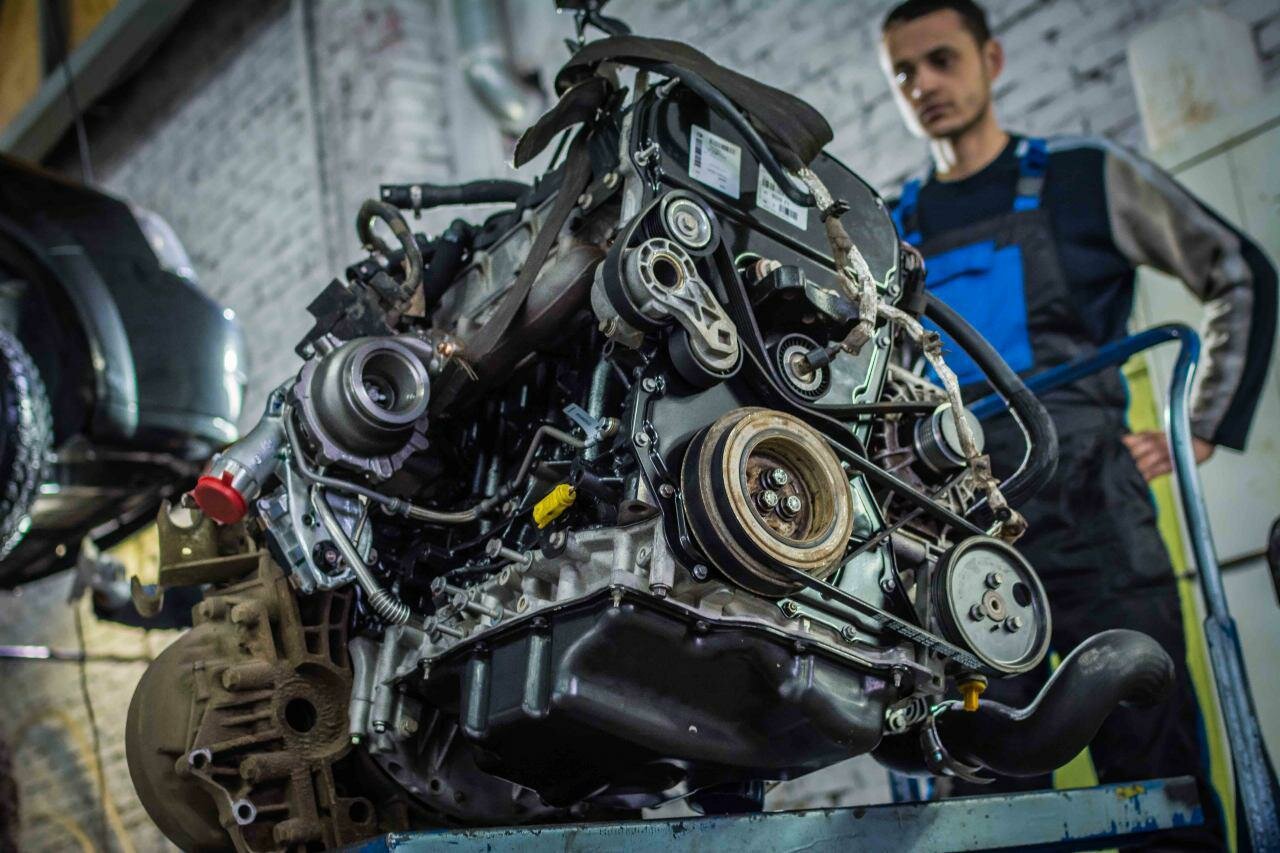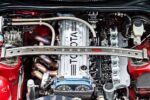Chevy 2.5 Liter Engine: A Brief Overview
A Historical Perspective
The Chevy 2.5 liter engine, also known as the “Iron Duke,” has a storied history that dates back to the late 1970s. Originally designed as a compact, fuel-efficient powerplant, it was introduced to meet the growing demand for economical vehicles during an era of rising fuel prices. The engine was primarily used in a variety of Chevrolet models, including the S-10 pickup, the Camaro, and the Citation. Its straightforward design and robust construction made it a popular choice for many drivers seeking reliability and ease of maintenance.
Over the years, the Iron Duke became synonymous with the Chevrolet brand, often praised for its simplicity and durability. However, despite its reputation, the 2.5 liter engine has not been without its share of problems. As vehicles aged and technology advanced, many owners began to experience a range of issues that tarnished the engine’s once-stellar reputation.
While the 2.5 liter engine was initially celebrated for its performance and efficiency, it soon became clear that certain design flaws and manufacturing inconsistencies led to significant challenges for owners. From oil leaks to overheating, these problems have prompted many to question the long-term viability of the engine. In the following sections, we will delve deeper into the specific issues that have plagued the Chevy 2.5 liter engine, providing a clear and unfiltered look at what potential and current owners should be aware of.
Common Issues with the Chevy 2.5 Liter Engine
The Chevy 2.5 liter engine, while initially a reliable choice for many drivers, has been associated with a variety of problems that can lead to significant performance issues and costly repairs. Understanding these common problems is crucial for anyone considering purchasing a vehicle equipped with this engine or for current owners facing challenges.
1. Oil Leaks
One of the most frequently reported issues with the Chevy 2.5 liter engine is oil leakage. This problem can stem from several sources, including:
- Worn gaskets
- Cracked engine block
- Faulty oil pan seals
Oil leaks can lead to low oil levels, which may cause severe engine damage if not addressed promptly. Regular inspections and maintenance are essential to catch these leaks early.
2. Overheating
Overheating is another significant concern for the Chevy 2.5 liter engine. Factors contributing to overheating include:
- Cooling system failures
- Faulty thermostats
- Clogged radiator
If the engine overheats, it can cause warping of the cylinder head and other critical components, leading to expensive repairs.
3. Timing Chain Issues
The timing chain in the Chevy 2.5 liter engine can also present problems. Symptoms of timing chain issues include:
- Engine misfires
- Unusual noises from the engine
- Rough idling
Failure of the timing chain can result in catastrophic engine damage, making it imperative to address any signs of trouble immediately.
4. Fuel System Problems
Fuel delivery issues can plague the 2.5 liter engine, affecting performance and efficiency. Common fuel system problems include:
- Clogged fuel injectors
- Faulty fuel pumps
- Dirty fuel filters
These issues can lead to poor acceleration, stalling, and increased fuel consumption.
5. Exhaust System Failures
The exhaust system in the Chevy 2.5 liter engine can also experience failures, leading to increased emissions and reduced performance. Key issues include:
- Leaking exhaust manifolds
- Clogged catalytic converters
- Damaged mufflers
Ignoring exhaust system problems can not only affect engine performance but may also lead to legal issues due to emissions violations.
Top views |
|
|---|---|
 |
Oil, Timing Chains, Pistons: What Really Kills an Engine Prematurely? |
 |
How to Choose a Car with a Reliable Engine: Used Car Market Hacks That Actually Work |
Symptoms and Consequences
Understanding the symptoms associated with these problems can help owners take proactive measures to avoid severe consequences. Below is a table summarizing common symptoms and their potential consequences.
| Symptom | Possible Consequence |
|---|---|
| Oil spots under the vehicle | Engine damage due to low oil levels |
| Temperature gauge in the red | Cylinder head warping or gasket failure |
| Engine rattling noises | Timing chain failure leading to engine damage |
| Decreased acceleration | Potential stalling and increased fuel consumption |
| Excessive exhaust smoke | Increased emissions and potential legal issues |




0 Comments